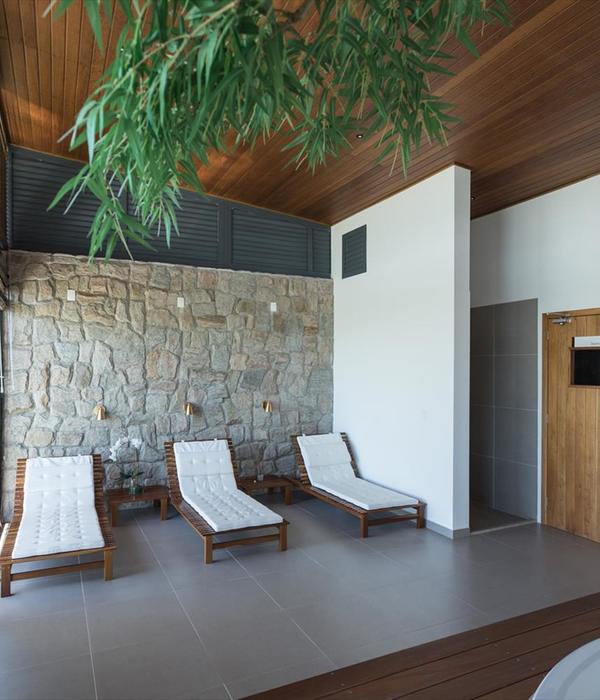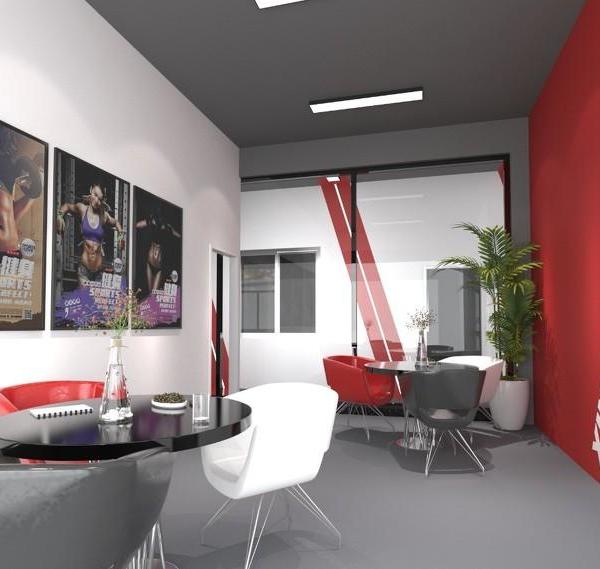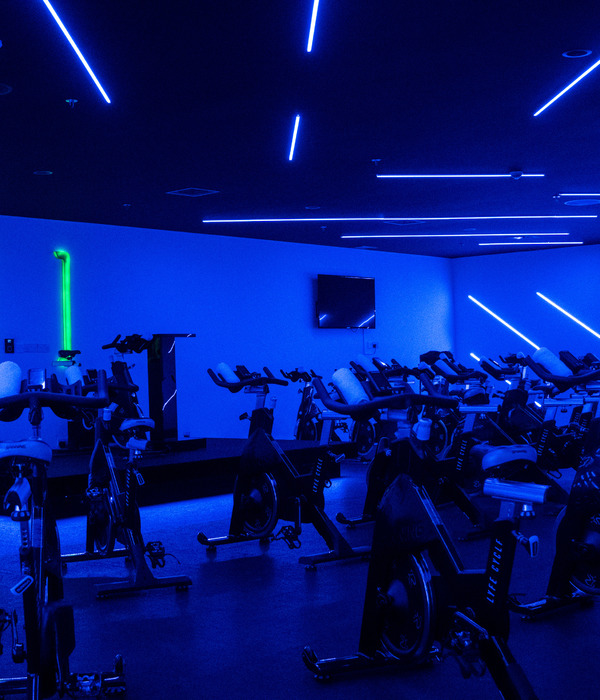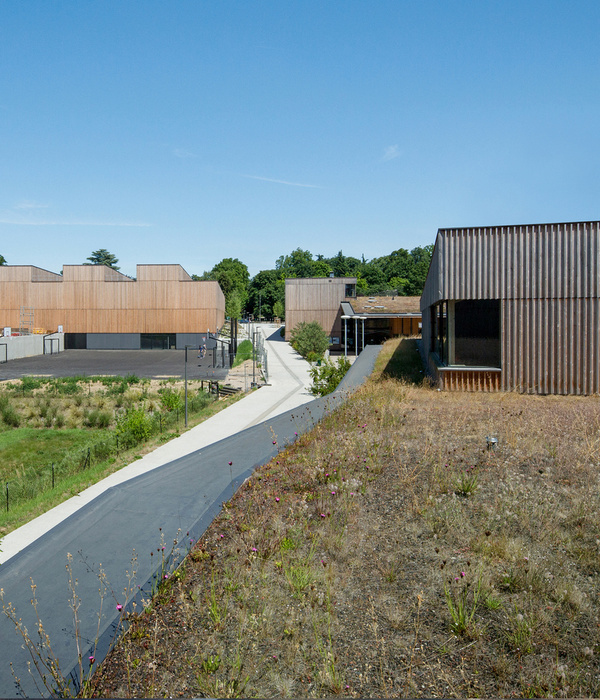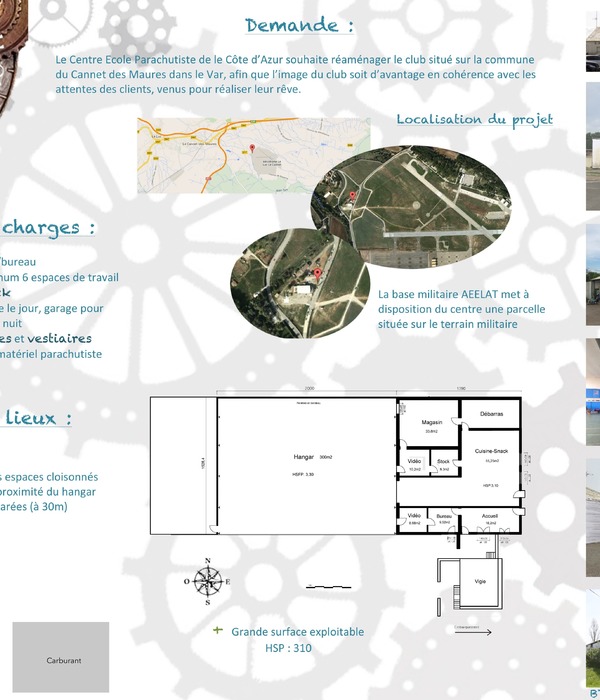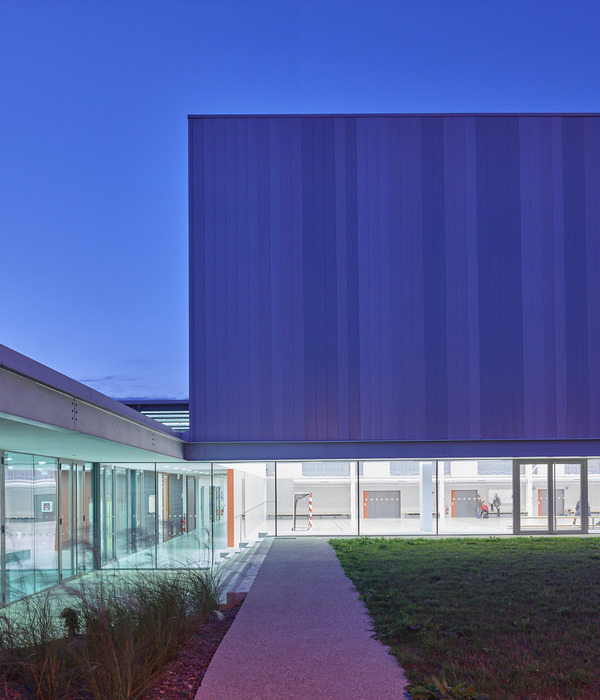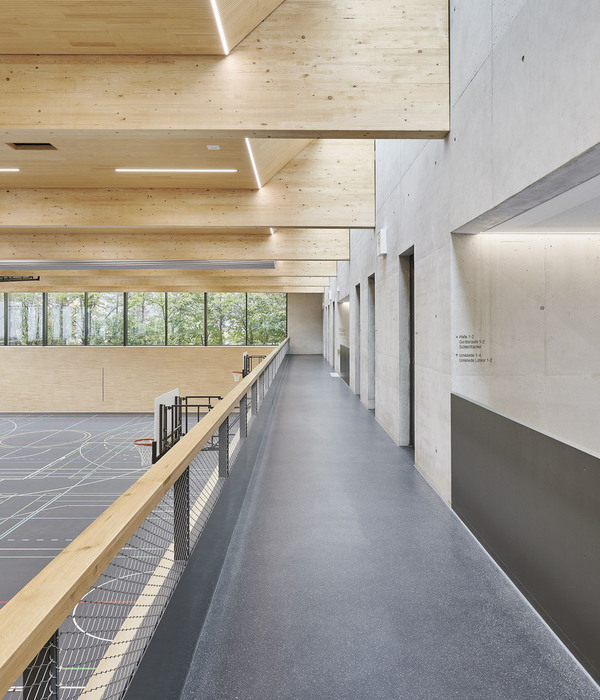American artist Roni Horn explores the inscrutability of death, optical perception and the poetry of Emily Dickinson at Château La Coste, Provence
Roni Horn, Dead Owl, 1997, two iris prints. Courtesy the artist and Hauser & Wirth. Roni Horn
Some say good things come in pairs. In the case of American artist Roni Horn’s latest show at Château La Coste, this is half true, and twice as complex.
‘A Rat Surrendered Here’ is a show about death, and doubles. The title is taken from Emily Dickinson’s poem of the same name in which a rat surrenders to the irresistibility of ignominious acts, only to be caught in an inevitable trap of punishment; ‘reluctantly resigned’ to temptation – a warning to all those afflicted with the human condition.
Roni Horn, Key and Cue, No. 465 I HEARD A FLY BUZZ—WHEN I DIED—, 1994, solid alumnum and cast black plastic. Courtesy the artist and Hauser & Wirth. Roni Horn Photo: Stefan Altenburger
Back at Château La Coste, there are few actual rats to be found, but there are photographs of two deceased owls that prompt a double-take. A recurring theme throughout the show, Horn’s formal device of the paired image is related to the psychoanalytic concepts of ego-splitting and the uncanny.
Psychoanalytically speaking, the figure of the double – the doppelgänger in literature and film – is the ominous harbinger of death.
In a body of work spanning sculpture, photography, and drawing, death appears as both as literal fact, and as a philosophical inquiry into the darker caverns of the human mind. The experiential qualities of light, shadow, and reflection in Horn’s work link to the mutability of identity and, with it, the inscrutability of death.
RELATED STORY Roni Horn talks remote control in her upstate New York retreat
Roni Horn, Still Water (The River Thames, for Example), 1999. Fifteen offset lithographs on uncoated paper (photographs and text). Courtesy of the Artist and Galleria Raffaella Cortese, Milano
In the photographic series, Still Water, 1999, water becomes a mirror. Horn’s subject, the River Thames, reflects the often-overcast skies above London. Yet in this work, it’s not just about what the river reflects, but what it has absorbed. Deeper still, Horn explores the darkness of the river’s history, one riddled with stories of suicide and crime.
Continuing Horn’s unique formula of minimalism-meets-language, the exhibition will premiere the ten-tonne glass installation, Water Double, v. 4, the latest in the acclaimed series she has worked on since the 1990s. It comprises two sculptures made from solid cast glass, each with an oculus that resembles a watery surface.
These pieces – that look as though they might swallow the gallery and viewer – are poetic studies of identity, fluidity and perception, themes that Horn’s work continually confronts to compelling effect. §
Top: Installation view at Château La Coste, Roni Horn, Water Double, v. 4, 2016 – 2019, solid cast glass with as-cast surfaces, with oculus, two units. Courtesy the artist and Hauser & Wirth. Roni Horn. Above: Sometimes Dead, 1993, gouache, transparent watercolour, and gum Arabic. Courtesy the artist and Hauser & Wirth. Photography: Bill Jacobson
{{item.text_origin}}

